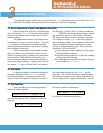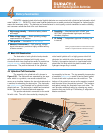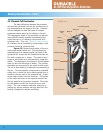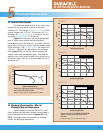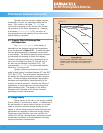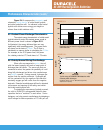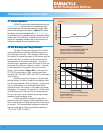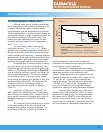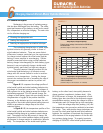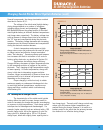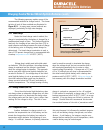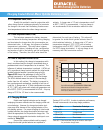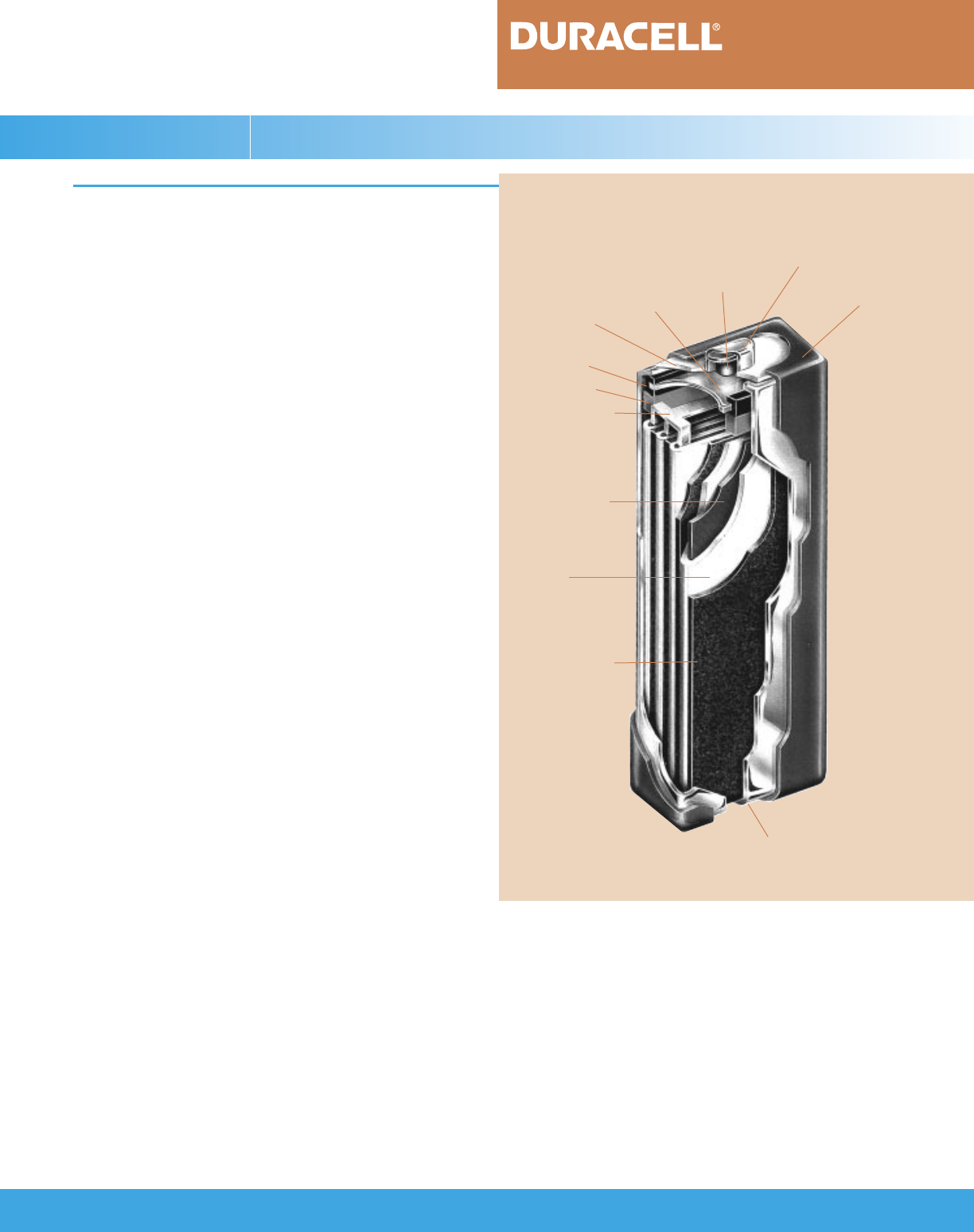
Ni-MH Rechargeable Batteries
The basic differences between the prismatic
c
ell and the cylindrical cell are the
construction of
the electrodes and the shape of the
can. Prismatic
cells are designed to meet the needs
of compact
equipment where space for the battery is
limited.
The rectangular shape of the prismatic cell
permits
more efficient battery assembly by eliminating
the
voids that occur in a battery constructed with
cylindrical cells. Thus, the volumetric energy density
of a battery can be increased by constructing it with
prismatic instead of cylindrical cells.
Figure 4.3.1 shows the structure of the pris-
matic nickel-metal hydride cell. The electrodes are
manufactured in a manner similar to those of the
cylindrical cell, except that the finished electrodes are
flat and rectangular in shape. The positive and
negative electrodes are interspaced by separator
sheets. The assembly is then placed in a nickel-plated
steel can and the electrolyte is added. The positive
electrodes are connected to the metal lid with a tab.
The cell is then sealed by crimping the top assembly to
the can. The top assembly incorporates a resealable
safety vent, a metal lid and a plastic gasket that is
similar to the one used in the cylindrical cell. A heat-
shrink tube is placed over the metal can. The bottom
of the metal can serves as the negative terminal and
the top metal lid as the positive terminal. The insula-
tor and gasket insulate the terminals from each
other. The vent provides additional safety by re-
leasing any excess pressure that may build up if the
battery is subjected to abusive conditions.
4.3 Prismatic Cell Construction
FIGURE 4.3.1
5
Battery Construction (cont.)
Metal Lid
Gasket
Insulator
Positive Tab
Cosmetic
Disk
Safety Vent
Positive Electrode
Negative Electrode
(-) Negative Terminal
Separator
(+) Positive Terminal
Heat Shrink Tube





